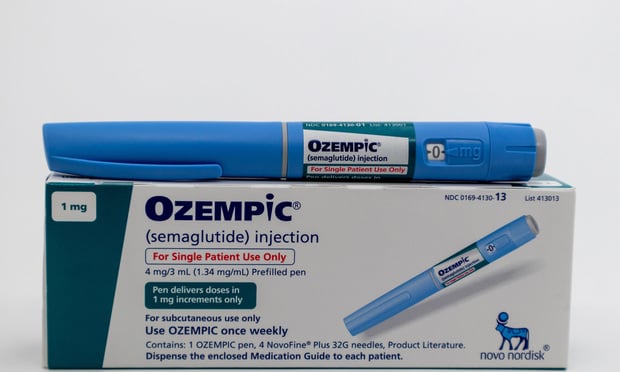I recently attended a small credit union roundtable discussion entitled, "Cutting Expenses to the Bone." Earlynn Sheehan, president of $10.7 million Pacific Rails Credit Union, began the discussion by giving a presentation in which she told how her original sponsor moved out of town, forcing her credit union to look for other employee groups in order to diversify their field of membership. Yet, even with the expanded membership, Earlynn's full service credit union has continued to struggle, making it necessary for her to search out ways to cut expenses and raise income. Earlynn explained how small credit union presidents often assume the bills they pay are simply the price of doing business. "Not so," she said. "If one takes the time to research, less expensive alternatives can be found, and the best deal in town isn't always at your league." She has tried a myriad of ideas, one being to replace some part-time employees by joining a service center. The service center worked well for a few years, but now she is faced with the need to cut expenses further. Fortunately, a large bank that does debit card processing for a number of credit unions moved into her area. The bank has an extensive ATM network that is surcharge free to any institution for which they do processing. Earlynn is switching her card program to the bank so her across town members will have the convenience of the ATM system, alleviating the need (and cost) for the service center. Other ideas that Earlynn has tried include paring down staff to a minimum and teaching each employee several jobs; replacing one full-time employee receiving full benefits with two part-time employees; putting in a 24-hour telephone teller which now takes approximately 100 calls per day; researching long distance telephone providers and finding a solid company with low rates and no monthly fee; paying her bond three years in advance thereby getting a 10% discount; entering nine digit zip codes into her computer system so that her mailing house can send each piece for 22 cents instead of 34 cents; printing her return address on her statements so she can use envelopes with two windows, alleviating the cost of more expensive pre-printed envelopes; printing statements on white paper; and printing newsletters in black and white rather than using slick paper with color printing and photographs. Earlynn also explained that it is difficult to talk about lowering expenses unless raising income is included in the picture. She has raised abuser fees on checking and debit card accounts, added a $2.50 charge on check orders, begun selling gap policies and extended warranties on car loans, and taken advantage of grants offered by larger credit unions to update technology. After Earlynn's presentation, ideas were shared from other credit unions such as cutting expenses by requiring employees to pay a percentage of health insurance premiums, doing away with life savings insurance, no longer mailing out overdraft notices or receipts, picking up paperclips and elastic bands at the local corporate credit union (which reportedly has stacks from incoming deposits), turning fax paper over and using the other side, making the font smaller on statements or printing on both sides of the paper so less paper is required (and less postage), e-mailing statements, and posting required disclosures, such as Truth in Savings, online. One president mentioned that she keeps her staff at a minimum by doing away with all the fluffy things that bogged them down yet brought no income to the credit union such as movie and theme park tickets. She also outsources as many back office functions as possible so her small staff can concentrate on serving their members rather than stuffing statements. Another credit union which for 40 years issued all withdrawals by check has seen a significant savings by going to cash withdrawals. They not only save the cost of the checks, but also the cost of the checks clearing through a processor. Plus, they have happier members. My credit union-CUP FCU-has realized a huge savings by switching data processing vendors. Five years ago we moved from a large, well-known company to a small, local firm. I figure it has saved us in the neighborhood of $30,000 (and the service is better). Good ideas should be shared, and I never cease to be amazed at the amount of useful information I get from spending two hours with my peers. For small credit union folks, roundtable discussions are the most valuable educational experience available to them. In fact, I'm to the point where I chose the conferences I attend very carefully (which also saves money) because most professional speakers have no experience working in the CU industry. I feel that my time and my credit union's money are too precious to give up unless I'm going to learn specifically how to run a better small credit union. -
© 2025 ALM Global, LLC, All Rights Reserved. Request academic re-use from www.copyright.com. All other uses, submit a request to [email protected]. For more information visit Asset & Logo Licensing.







